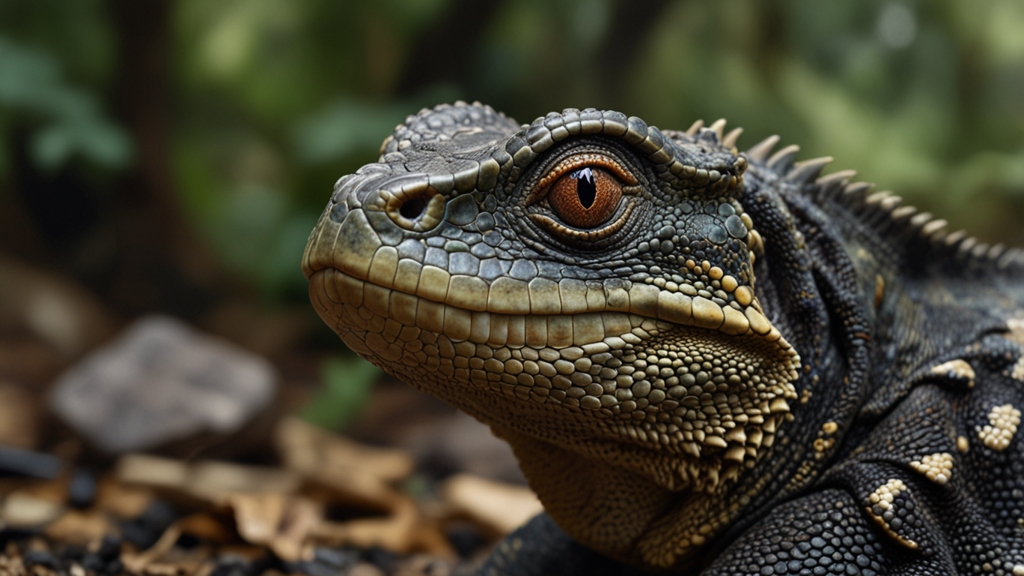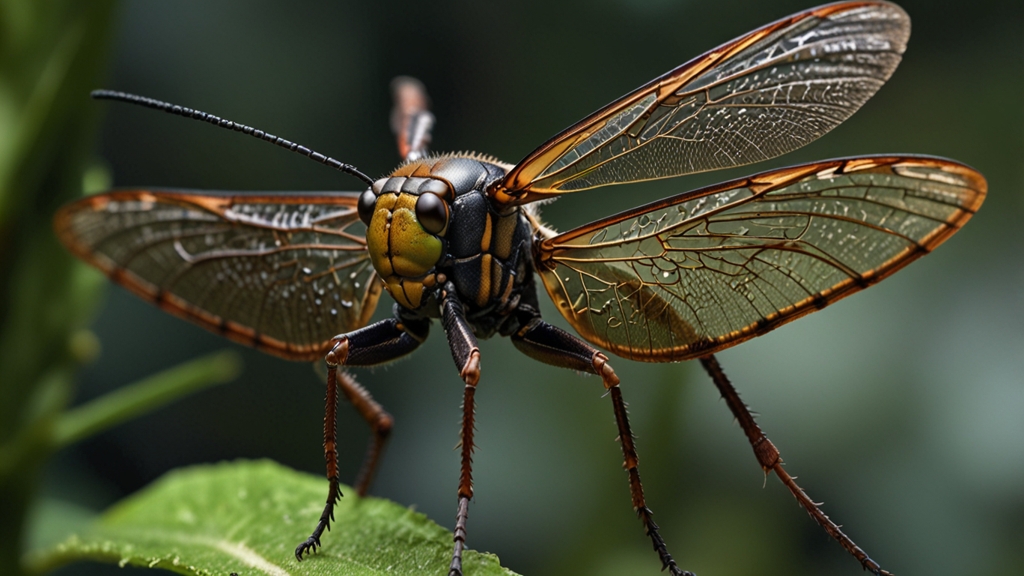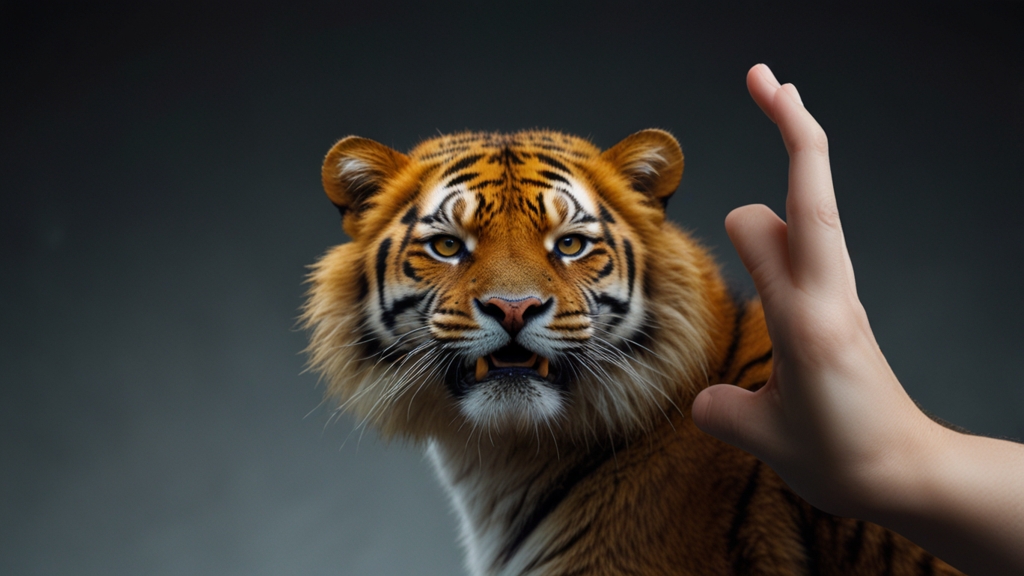The Cultural Significance of Reptiles Across the Globe
Reptiles have long held a prominent place in the mythology, symbolism, and cultural narratives of human societies across the globe. From the majestic dragons of East Asia to the revered serpents of Mesoamerica, these fascinating creatures have inspired awe, fear, and respect. This article explores the diverse cultural significance of reptiles in various cultures, highlighting their roles as symbols, deities, and mythological beings.
East Asia: Dragons as Symbols of Power
In East Asian cultures, particularly in China, Japan, and Korea, dragons are among the most powerful and benevolent symbols. Unlike the fire-breathing dragons of Western lore, East Asian dragons are often depicted as wise, auspicious, and elemental beings. They are closely associated with water and rainfall, symbolizing fertility, growth, and prosperity.
“The dragon is a paradoxical symbol. It signifies both life and death, creation and destruction, heaven and earth. Its majestic form and enigmatic nature make it a universal archetype.” – Source Unknown
In Chinese culture, the dragon is one of the twelve animals of the Chinese zodiac and embodies imperial power. Emperors used the dragon as an emblem of their divine right to rule. Even today, dragons are prominently featured in Chinese festivals, parades, and art, symbolizing good fortune and strength.
Mesoamerica: Serpents as Deities
In Mesoamerican cultures, serpents hold significant religious and cosmological implications. The Aztecs and the Maya, for instance, venerated the feathered serpent deity known as Quetzalcoatl. This god was associated with the wind, the dawn, craft, and learning, and played a crucial role in creation myths.
“Quetzalcoatl, the feathered serpent, merges the earthly and the divine, the physical and the spiritual. It is a powerful representation of transformation and duality.” – Mesoamerican Mythology Scholars
The serpent's form symbolized the duality of existence, combining both terrestrial and celestial attributes. Serpent motifs are prevalent in Mesoamerican architecture and codices, reflecting their integral role in cultural and religious practices.
Ancient Egypt: The Divine Crocodile
In ancient Egyptian mythology, the crocodile was both feared and revered. The Nile crocodile, vital to Egypt's ecosystem, held significant religious standing. Sobek, the crocodile god, was associated with the Nile, fertility, and military prowess. He was worshipped as a protector and was believed to provide defense against the dangers of the river.
Temples dedicated to Sobek, such as the one at Kom Ombo, were sites of reverence and pilgrimage. The crocodile's potent symbolism reflects the Egyptians' respect for the power and unpredictability of their natural world.
Aboriginal Australia: The Rainbow Serpent
For the Aboriginal peoples of Australia, the Rainbow Serpent is a fundamental figure in their Dreamtime stories, which are integral to their spiritual and cultural beliefs. The Rainbow Serpent is often depicted as a creator god who shaped the landscape and waterways and is associated with fertility and abundance.
The serpent's movements are said to form rivers, mountains, and valleys, and it is revered as a protector of water sources. These stories underscore the deep connection between Aboriginal Australians and their environment, reflecting a profound respect for the natural world.
Western Cultures: Reptiles in Myth and Medicine
In Western cultures, reptiles have a more ambivalent status, often associated with danger or evil. The biblical serpent in the Garden of Eden, for example, is a symbol of temptation and deceit. Conversely, in the field of medicine, the serpent entwined around a staff—known as the Rod of Asclepius—is a symbol of healing and renewal, derived from ancient Greek mythology.
“The duality of the serpent as both a symbol of healing and a harbinger of danger reflects humanity’s complex relationship with nature.” – Western Symbolism Academics
This duality exemplifies the broader spectrum of interpretations and significances that reptiles hold within various facets of Western culture, including literature, film, and folklore.
Conclusion
Reptiles, with their diverse and often enigmatic presence, have left an indelible mark on human culture worldwide. Their portrayal ranges from benevolent deities and mythical beasts to symbols of power, danger, and healing. Through these myriad representations, reptiles continue to captivate the human imagination, reminding us of nature's profound influence on the cultural and spiritual narratives that shape our world.







